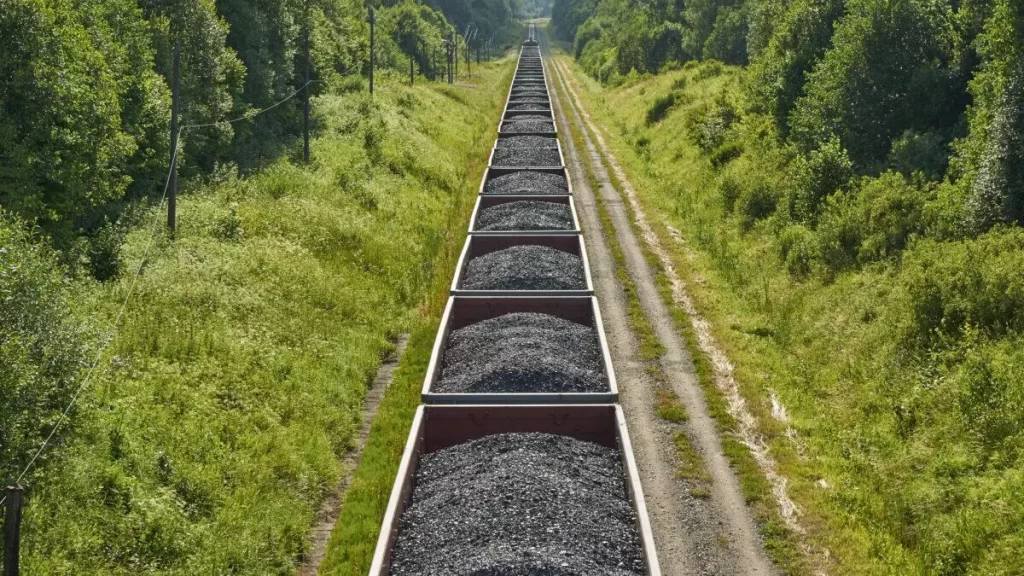- Russian Railways Achieves a Historic Milestone by Transporting Coal from Moscow to Mumbai Using International North–South Transport Corridor
- Silk Road: Russia accomplishes Eurasian connectivity via INSTC it transports coal via INSTC from St. Petersburg to port of Bandar Abbas in Iran, then, forwards it to the port of Mumbai in India.
- International North–South Transport Corridor spans 7,200 kilometers (4,500 miles) starting from St. Petersburg of Russia to the port of Mumbai, India, and serves as a multimodal transport network
By: Muhammad Arif, Editor NSN.Asia
Islamabad: Two freight trains carrying Kuzbass coal from Russian commenced their continental journey towards Indian port , Mumbai, via the Eastern branch of the International North–South Transport Corridor (INSTC), spanning 7,200 kilometers (4,500 miles), and serves as a multimodal transport network.
Russian Railways termed his transportation project ‘a historic milestone”, as it links St. Petersburg of Russia to the port of Mumbai in India via land and sea routs.
“For the first time, two trains with Kuzbass coal headed to India along the International North-South Transport Corridor. The trains set off from the Kemerovo region. They followed along the eastern branch of the ITC through Kazakhstan and Turkmenistan to the Iranian port of Bandar Abbas,” Russian Railways stated.
The trains set off from the Kemerovo region in Russia. They followed along the eastern branch of the INSTC through Kazakhstan and Turkmenistan to reach the Iranian port of Bandar Abbas,” Russian Railways said on Monday in its Telegram channel.
“The coal will be shipped by sea along the final part of the route from port of Bandar Abbas of Iran to the port of Mumbai in Indian”, according to the statement.
INSTC offers an alternative to sea routes, connecting Europe, the Russia, Central Asia, Iran and India, according to a statement by Russia’s national railway company.
INSTC is Russia’s plan to explore new transport routes amid Western sanctions, which have forced Russia to shift trade flows from Europe to Central, Asia, South Asia and the Middle East.
The construction of this Eurasian connectivity project started in the early 2000s, but developing it further has taken on a new impetus in light of the restrictions faced by Moscow.
India has also touted the route as an alternative to Belt and Road Initiative (BRI), a flagship connectivity project of China.
Experts believe INSTC would significantly reduce transit times; open up expansive markets across India, Russia, Central Asia, and foster economic opportunities across Asia and Europe.
The connectivity through INSTC would link the energy-rich Eurasian region, and is expected to have a vital impact on the global stage, reflecting shifts in the international power dynamics.
Pakistan, partner of China in building BRI, seeks to join the the International North-South Transport Corridor (INSTC), a regional economic partner, Pakistan’s Ambassador to Russia, Muhammad Khalid Jamali told media.
Pakistan has accepted an invitation from Russian President Vladimir Putin to join the International North-South Transport Corridor (INSTC) and has started the membership process, Ambassador to Russia Muhammad Khalid Jamali has said while addressing the International IT-Forum in the Russian city of Khanty-Mansiysk.


